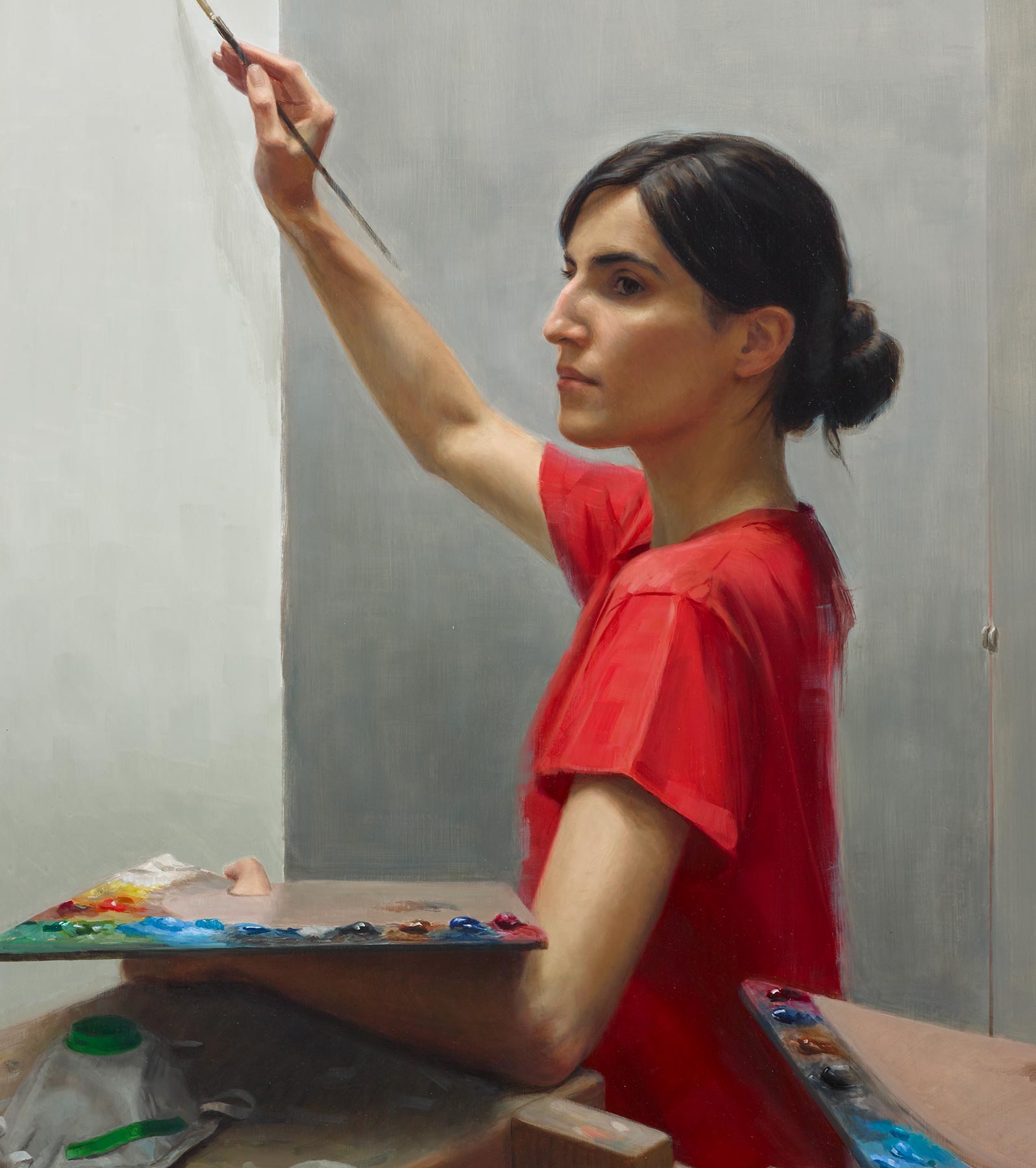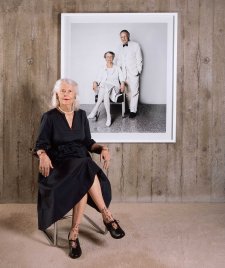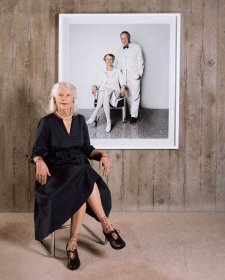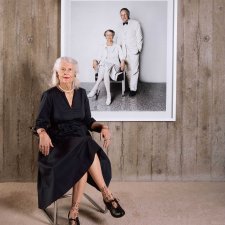When I was a child, a portrait of my mother was situated in the hallway of our house within sight of my bed. It was painted by my father, and it was a source of great comfort to me because it felt like my mother was right there watching over me as I went to sleep at night. For me, this speaks of the power of portraiture, especially works painted from life, which have the ability to capture the essence of a subject with such clarity that they could almost be there.
In my own work, I aim to achieve this same acute reality. On the other hand, my self portraiture has always been a way for me to express my inner world, and I’ve often painted these pieces during times of flux and self-reflection. While examining my own experiences as a young woman through self portraiture, I’ve been able to take part in a broader conversation examining ideas about objectification, the body and shame, societal expectations, men’s representation of women in art, as well as women’s self-representation and self-empowerment.
This featured painting is a self portrait inspired by Self-portrait as the Allegory of Painting (La Pittura) (1638–69) by Italian Baroque painter Artemisia Gentileschi, who was taught by her artist father. The first woman to become a member of the Academy of Art in Florence, Gentileschi was a hugely successful court painter whose patrons included Charles I of England.
In her self portrait Gentileschi uses two mirrors to observe the self in the act of painting. The work follows symbolism found in Iconologia, a handbook of symbols and emblems by Cesare Ripa, where painting is personified as ‘a beautiful woman, with full black hair … with arched eyebrows that show imaginative thought’. Embodying her own features within the allegorical figure of painting in a self portrait is inspired.
I loved this creative idea and adapted it to my own version. The painter’s mask on the table is a modern imagining of the mask iconography found on a necklace in Gentileschi’s painting – this time also a reference to the beginning of the pandemic years. I imagined what life would have been like for her while I painted this piece – how did she use herself in her work to create a sense of her own empowerment?














